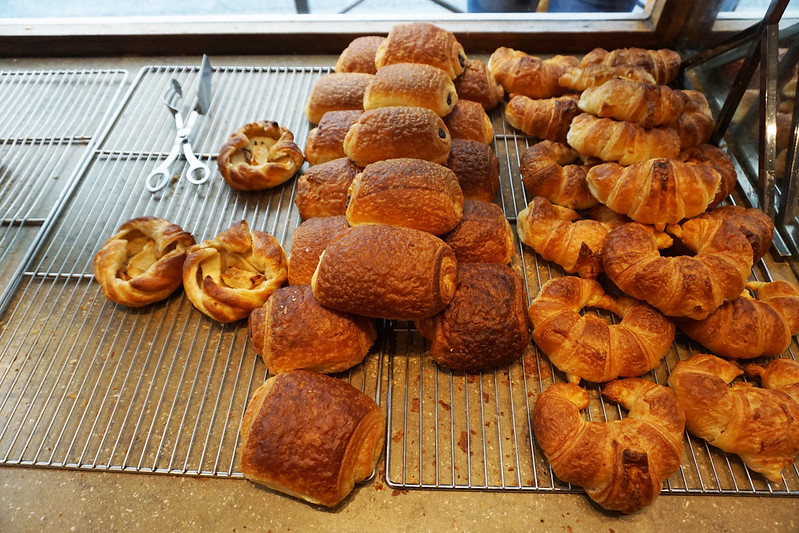How to find and order authentic croissants in France
Ask a Parisian for a list of the top 10 things you must eat in Paris and I bet you croissants will be on every single list. They’re so classically French. So perfectly decadent. So very iconic.
But here’s the thing: you can’t find a good croissant just anywhere.
For those who’ve been traveling in France for years, that’ll come as no surprise. But for new France travelers, it may be a shocker. After all, isn’t France the place for food? Isn’t every restaurant, every bakery, every cheese shop pure French perfection?
The answer, sadly, is no. Paris (and France in general) is known for its cuisine for a reason. There are some incredible things to be found here. But you can also find crappy sauces that clearly came out of a jar, over-sugared ice creams, and – of course – poorly done croissants.
How to find a great croissant in France
So, how do you sift through the sad, limp, touristy crap and find real, buttery, fluffy croissants in France?
The first (and most important) thing is to ask a local foodie in your neighborhood. Where do they buy their croissants? This is the best way to find each neighborhood’s hidden gems.
The second thing is to know a thing or two about croissants. Because it’s harder to be fooled when you know what to look for.
So, what should you look for? Well, before you buy there are a few ways to assess whether you’re getting the real deal:
1. Croissants should be straight from end to end.
If the ends curve in toward each other, the croissant was made with oil or margarine (gross) instead of butter and is not a true croissant.
 Don’t buy the curved croissants at the right.
Don’t buy the curved croissants at the right.
2. Croissants should be puffy, not flat.
If a croissant has been made properly, the layers of butter inside will steam during cooking, causing the final product to be puffy and have an airy crumb (interior).
 The interior of a good croissant: fluffy and airy.
The interior of a good croissant: fluffy and airy.
3. Croissants should be golden brown.
If it’s deep brown, it’s probably burned.
And once you purchase your croissants, there are a couple other ways to make sure you’ve got the real deal:
4. Croissants are light.
They shouldn’t feel heavy or dense.
5. The outside should be flaky.
When you cut or bite into a croissant, the crust should flake and the interior should be soft. If the outside is soft, that’s not the real deal.
How to order croissants in France
When you order your croissant, what you want is a croissant au beurre (butter croissant), not a croissant ordinaire (made with other fats). Some bakeries will have both, so make sure you know what you’re ordering before you go.
To jam or not to jam?
Croissants are lovely and buttery all on their own, but I personally love to eat them with a good quality jam (in Paris, I like Chambre aux Confitures and elsewhere I tend to buy my jams from farmers markets and ask for something with no added sugar).
Where to find authentic croissants in Paris
Every local I meet has their own favorites, but my personal favorites in Montmartre (where we typically stay when in Paris) are at Maison Landemaine near the Jules Joffrin metro station. Ignore the utterly ridiculous Google reviews and order up some croissants au beurre.
For something special, Pierre Hermé – typically known for its macarons – also serves well crafted croissants with its signature ispahan (a combination of rose, raspberry, and litchi) jam filling at some locations.
